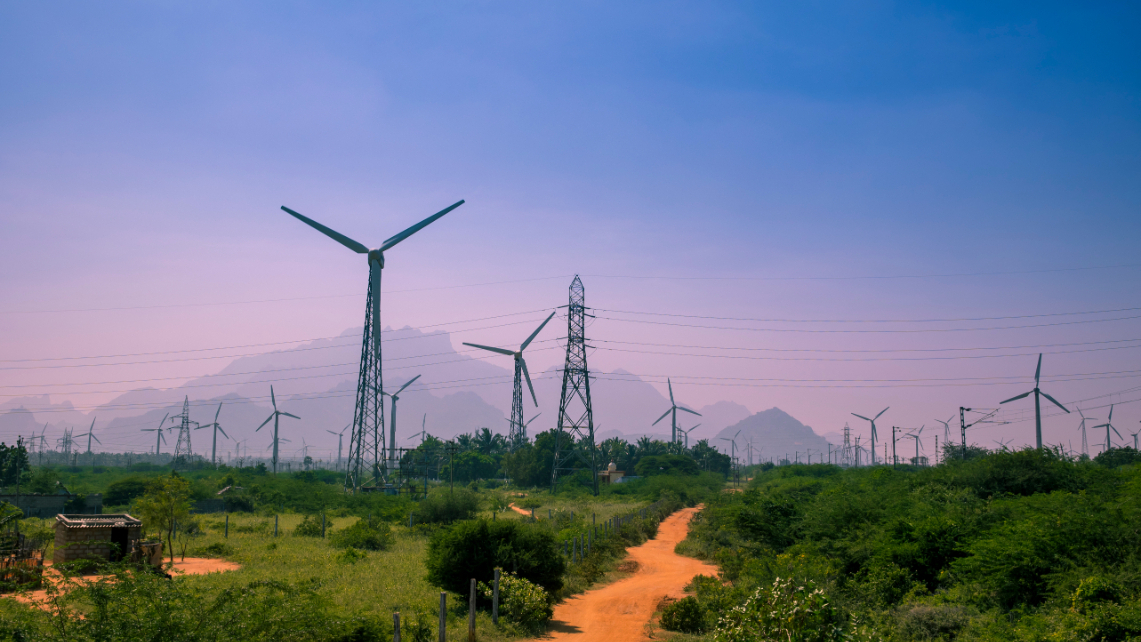
Foreign demand high for Indian sovereign green bond targeting renewables
Proceeds from the $1.9bn bond will go towards renewable energy, clean transportation and biodiversity.
India is to become the latest nation to launch a sovereign green bond, offering 160 billion rupees ($1.9bn) of investment split equally across two auctions to be held on 25 January and 9 February.
The bonds, issued by the Reserve Bank of India (RBI), will be aligned with the International Capital Market Association’s Green Bond Principles. Proceeds are to go towards renewable energy, climate change adaptation, clean transportation and biodiversity and nature conservation, as well as within pollution prevention and control.
Speaking to Net Zero Investor, Olumide Lala, formerly of the Climate Bonds Initiative and now executive director at sustainability consultancy Climate Transition Ltd, said he expects the bond issuance to be oversubscribed due to demand from foreign investors.
“India has been looking at issue a green bond for a long time, and the nation has put resources towards solar panels, something the private sector has been paying attention to for a while. As this is a sovereign green bond, the signs are there that it will get a lot of investment”, said Lala.
India’s finance minister, Nirmala Sitharaman, announced the plan to issue sovereign green bonds in the 2022-23 budget, with the framework for such bonds published in late 2022.
Previous issuances by sovereigns in emerging markets include Indonesia in 2018 and Kenya in 2019.
The main contributors to India’s carbon emissions are the coal-based power sector (around 35% of total emissions) and industry (23% of total emissions), while agriculture contributes 21% of overall emissions. India’s current goal is to reach net zero by 2070, ten years later than China’s goal and 20 years later than the Paris Agreement target.
In December 2022, RBI deputy governor Michael Patra gave a speech detailing the risks of climate change to India: “While no entity is immune from climate risks, we in India are particularly vulnerable to the climate change related physical risks and hence there is a need to be more alive to the urgency of action given our long coastline, high share of fossil fuels in energy systems, and relatively high dependence of rural livelihoods on agriculture.”
According to the bond framework, expenditures directly related to fossil fuel are excluded. However, investments and expenditures aimed at the “relatively cleaner” Compressed Natural Gas (CNG) is allowed as an “eligible expenditure” when used in public transportation projects only. Liquid natural gas and nuclear power, although included in the EU taxonomy on sustainable finance, are not targeted by the Indian bond issuance.
As this is a sovereign green bond, the signs are there that it will get a lot of investment.
‘Not quite there yet’
A second-party opinion of the bond instrument’s framework was published by climate researchers Cicero Shades of Green, part of S&P Global. Cicero rated the bond “Medium Green”, for projects that “represent significant steps towards the long-term vision, but are not quite there yet”.
The strength of the framework was said by Cicero to be its ambitions in terms of expanding renewable energy production and reducing the Indian economy’s carbon intensity, including electrification of transport sectors.
However, the report was critical of the bond’s green projects remaining too general, suggesting that the broadly defined project categories create uncertainty as to what type of expenditures could be financed.
“Investors should be aware that there are lock-in risks associated with several project categories, such as financing new buildings with fossil fuel heating or water heating, expenditures that could indirectly support the expansion of thermal coal power generation and expenditures to support natural gas-based public transport”, stated the report.




